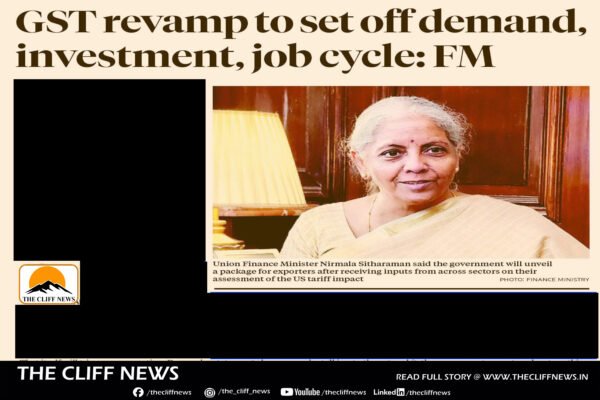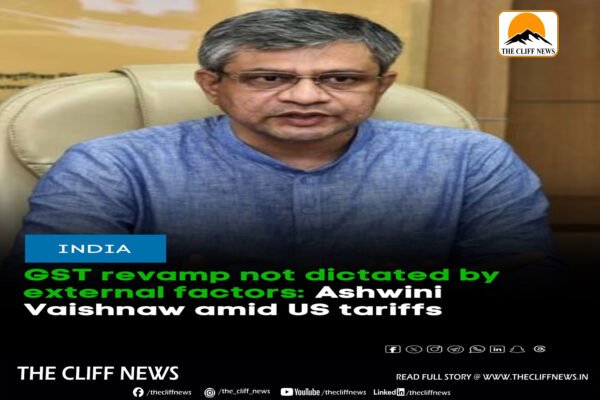After GST Reform, Govt to Push Disinvestment; Sitharaman Confident of Growth Boost
After delivering on a sweeping overhaul of the Goods and Services Tax (GST), the Union finance ministry will now turn its focus to accelerating disinvestment in public-sector enterprises, Finance Minister Nirmala Sitharaman has said. “I need to press the pedal on disinvestment. And I will be working on it. There is no new agenda but the existing agenda that, because of various reasons, went in slow motion. I’ll have to see what the best way is to revive and bring them on track,” Sitharaman told Business Standard. She also underlined plans to enhance operational efficiency and monetise underutilised assets held by state-owned companies. At the same time, Sitharaman expressed confidence that higher consumption will generate enough revenue to cover the estimated ₹48,000 crore shortfall in GST collections following the rate cuts announced last week. She stressed that public finances would remain unaffected, with the reform expected to boost economic growth. “The consumption spurt from September 22 will increase income buoyancy. To a large extent, this ₹48,000 crore we will be able to make up this year itself. So I don’t see an impact on my fiscal deficit or my fiscal management. I will stick to my numbers of 4.4% of GDP,” she said in an interview to PTI. The government has targeted a fiscal deficit of 4.4% of GDP, or ₹15.69 lakh crore, for FY26. GST Overhaul from September 22 The GST Council, chaired by Sitharaman, recently approved a simplified two-tier tax structure of 5% and 18%, with a special 40% slab. Nearly 400 items—from soaps, shampoos and groceries to cars, tractors and air conditioners—will become cheaper when the revised rates take effect on September 22, coinciding with the start of Navaratri. Premiums on individual health and life insurance policies will also be exempt. Most food and grocery products will be taxed at 5%, while essentials such as bread, milk and paneer will remain tax-free. Electric vehicles and small cars will fall under the 5% bracket, while white goods will face 18%, both lower than current levels. Calling the move a “people’s reform,” Sitharaman said, “This is a reform which touches the lives of all 140 crore people. The poorest of the poor also have something small that they buy, touched by GST.” Strong Growth Outlook On the growth front, Sitharaman hinted at the possibility of India surpassing the 6.3–6.8% growth forecast for FY26. The economy expanded by 7.8% in the April–June quarter, driven by robust farm output and strong momentum in services such as trade, hotels, finance and real estate. India continues to be the world’s fastest-growing major economy, outpacing China’s 5.2% growth during the same quarter. The country’s last peak was 8.4% growth in January–March 2024.
















